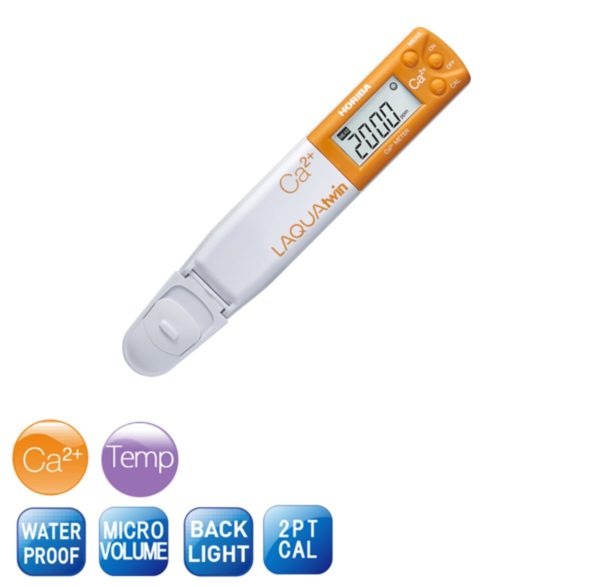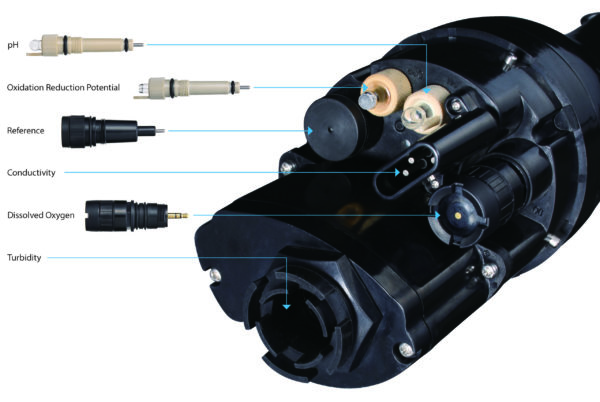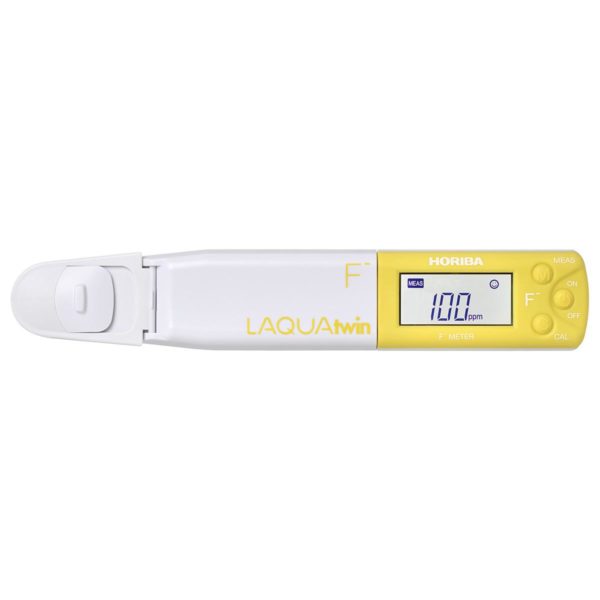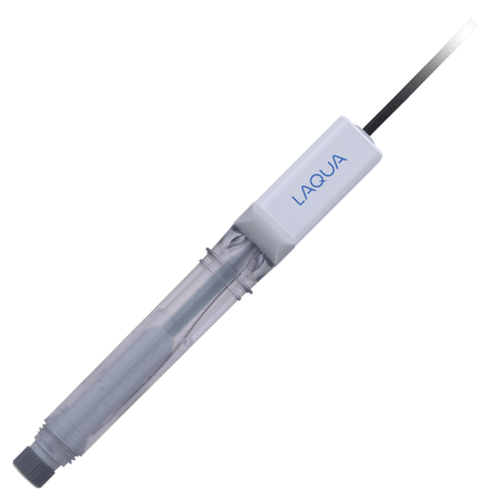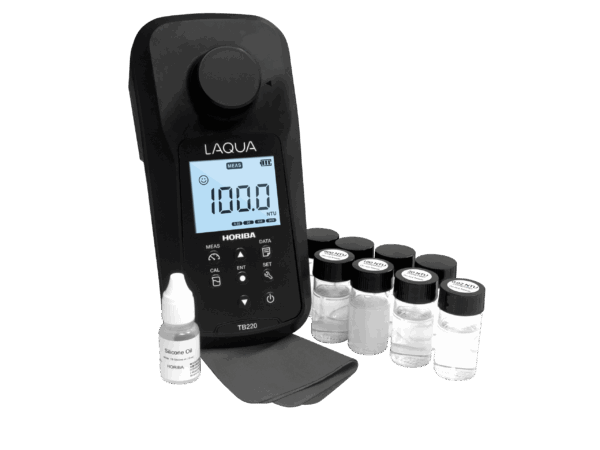Ensuring the accurate performance and longevity of the LAQUAtwin pH meter, particularly its sensor, is crucial for effective sample analysis. Here’s a guide on how to properly condition, clean, and store the pH sensor to maintain its functionality.
Materials Needed
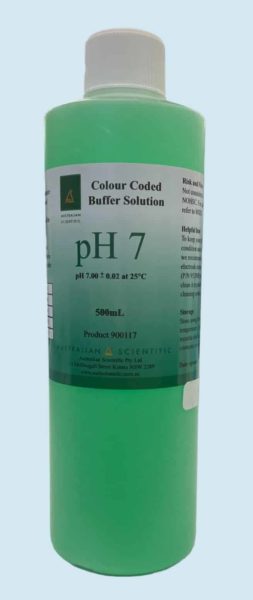
|

Clean water (e.g. distilled, deionized, tap) |
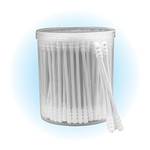
Cotton Buds |
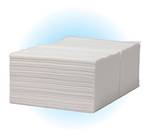
Soft Tissue |
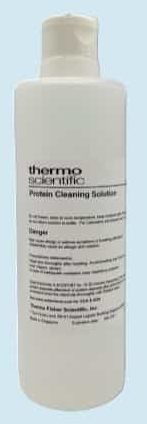
|
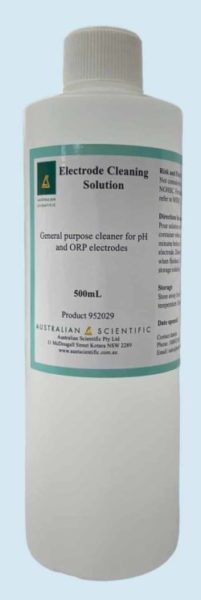
|
Conditioning the pH Sensor
A dry pH sensor can lead to erratic readings and slow response times. To prepare the sensor for its first use or after storing it dry, follow these steps:
- Inspect for Residues: If there is any white powder or salt buildup on the junction after dry storage, rinse it off with water—this is a normal occurrence.
- Hydrate the Sensor: Apply a few drops of pH 7.00 buffer to cover the entire flat sensor. Allow the buffer to hydrate the sensor for at least one hour.
- Rinse and Dry: After hydration, rinse the pH sensor with water and gently blot it dry with a soft tissue.
- Calibration: Perform calibration with fresh pH buffers before measuring samples.
Cleaning the pH Sensor
To achieve accurate pH measurements, it’s essential to keep the sensor clean. The cleaning solution should be appropriate for the type of sample previously tested. Here’s a recommended cleaning approach:
- Safety First: Consult the safety data sheet (SDS) of the cleaning solution and wear appropriate personal protective equipment before handling.
- Remove Residues: For most samples, use a mild detergent mixed with clean water. For specific samples:
- Oils: Apply a few drops of warm water and mild detergent. Avoid organic solvents like acetone or ethanol, as they can damage the sensor and void the warranty.
- Proteins: Use Protein Cleaning Solution; apply a few drops and let it sit for 30 minutes.
- Stains: Apply General Purpose Cleaning Solution for 30 minutes.
- Gentle Cleaning: Use a cotton bud to gently wipe the sensor, avoiding excessive pressure. If residues remain, repeat the cleaning process.
- Final Rinse and Conditioning: Rinse the sensor with water and follow the conditioning procedure as described earlier.
If calibration fails even after cleaning, it may be time to replace the pH sensor (Model S010, Part No. 3200459834) as its performance diminishes over time, even under normal conditions.
Disinfection Procedures
If disinfection is required, wipe the meter body and sensor with a clean cloth dampened with ethanol or use alcohol wipes. For the flat sensor, apply drops of a 5% sodium hypochlorite solution (bleach) for 5 to 30 minutes, then rinse thoroughly with sterile water.
**Bleach can be purchased from your local supermarket or hardware store. If purchased locally and if it is greater than 5% concentration, please dilute in with water to approx. 5% concentration.
Storage Guidelines
To preserve the pH sensor’s integrity, store it in a dry environment. Avoid leaving distilled or deionized water on the sensor for extended periods, as salts may leach out and reduce its lifespan. Always condition the sensor before its next use.
By following these maintenance procedures, users can ensure the LAQUAtwin pH sensor operates accurately and lasts longer, providing reliable results for various applications.

